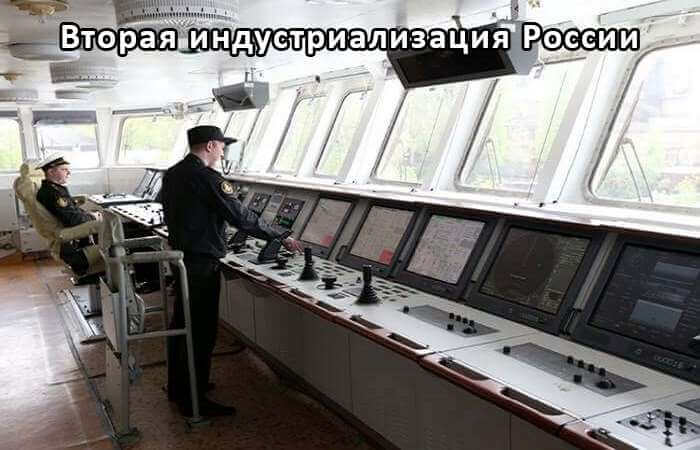The integrated bridge system of the ship

The integrated bridge system of the ship.
The integrated bridge system of the ship is designed for efficient organization of work of the skipper for managing a ship and safety of navigation through integration of navigation traffic control systems, technical means and communications.
Description:
The integrated bridge system of the ship is designed for efficient organization of work of the skipper to control the ship and safety of navigation through the integration of navigation systems of movement, technical means and communications.
Integrated bridge system (IMS) can be used when designing and equipping new buildings and retrofit of marine vessels including tankers, icebreakers, bulk carriers, drilling vessels, fire fighting vessels, tugs, fishing, research, pipelayers and other auxiliary vessels, which are expected at high latitudes.
Functionality:
– collecting, processing, displaying and registration of information coming from the installed on the ship and special technical means
– the combination in a multi-window mode on the screens of the multifunction displays radar maps, cartographic information and data received from a management system,
– coordinated control of ship course and speed, including remote control of main engines (changing modes),
– implementation of tactical manoeuvring and ensuring the navigation safety of navigation,
– control actions of the crew,
– video monitoring of the ship areas, video surveillance superstructure, deck and rigging of the ship, displaying video information and control optical-electronic systems of the ship,
– the commands for translation and implementation vnutritorakalnah communication (speakerphone, automatic telephone, battery-less) with command posts and combat posts
– implementation of the information technology functions of collecting and processing information about the reliability of the ship, its weapons, military and special technology and support the decisions taken in the management of its technical readiness,
– cooperation in communication networks, including the GMDSS,
– the control of its own system state and the ability to correct the degradation prior to the last good source of information or multifunction display.
Advantages:
– ensuring navigational safety of navigation and efficiency of performing assigned tasks of the ship (Maritime transport, rescue operations, functions, special purpose),
– extension of functionality through the inclusion in the list of features of IMS tasks inherent to the individual ship systems — communications, radar, sonar, etc., i.e. the transition to functional integration,
– improved reliability of control of the ship and the acceleration of the return of the vessel by reducing the volume of electronic equipment on the bridge and the number of its suppliers,
– the reduction in crew size due to the possibility of simultaneous visualization of multiple processes for one operator.



